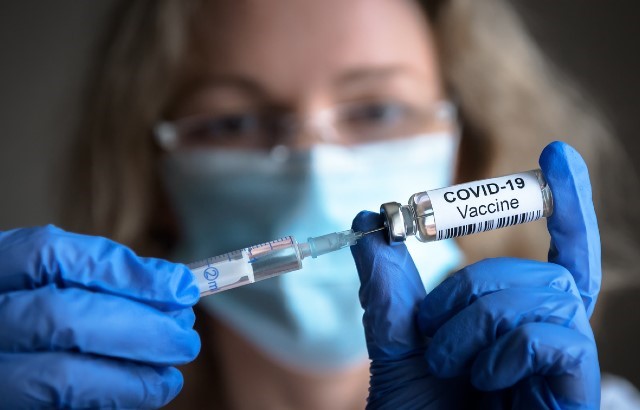Risk factors for SARS-CoV-2 infection after primary and booster vaccinations
A prospective population-based study of over 25,000 UK adults vaccinated against SARS-CoV-2 up to February 2022 has found that vaccine type, socioeconomic status, age, and behaviours affect risk of breakthrough infection after primary and booster vaccinations.

Breakthrough infection was reported by 7·1% of primary and 9.5% of booster vaccinated participants. Compared with the Pfizer-BioNTech vaccine, the AstraZeneca vaccine was associated with higher risk of infection both post-primary vaccination and after a Moderna booster. Lower risk of infection was associated with older age; higher risk of infection was associated with lower educational attainment and at least three weekly visits to indoor public places. Authors note that the clear difference observed between the efficacies of AstraZeneca and BioNTech as the primary course of vaccination appears to have been reduced by the use of BioNTech and Moderna boosters.
Vivaldi G, Jolliffe DA, Holt H, Tydeman F, Talaei M, Davies GA, Lyons RA, Griffiths CJ, Kee F, Sheikh A, Shaheen SO, Martineau AR. Risk factors for SARS-CoV-2 infection after primary vaccination with ChAdOx1 nCoV-19 or BNT162b2 and after booster vaccination with BNT162b2 or mRNA-1273: A population-based cohort study (COVIDENCE UK). Lancet Reg Health Eur. 2022 Sep 23;22:100501. doi: 10.1016/j.lanepe.2022.100501. PMID: 36168404; PMCID: PMC9499825.